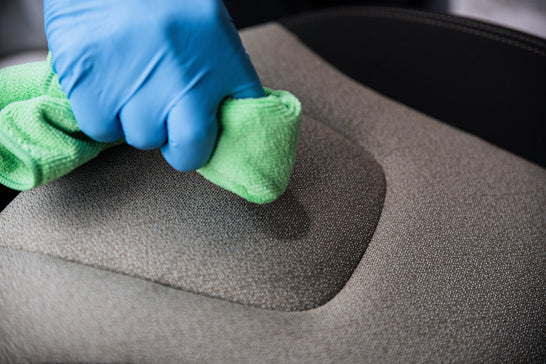
- Article published at:
Oldtimer sind zum Fahren gemacht – warum Stillstand mehr schadet als nützt
Oldtimer üben eine zeitlose Faszination aus. Viele Besitzer sehen sie als Wertanlage, die man am besten in der Garage stehen lässt. Genau das ist ein Trugschluss: Fahrzeuge leben vom Fahren – nicht vom Stillstehen. Wer seinen Klassiker nicht bewegt, riskiert Standschäden, mindert den Fahrspaß und verpasst das, was diese Automobile eigentlich ausmacht: pure Emotion auf der Straße.
1. Warum Stillstand dem Oldtimer schadet
Technik will bewegt werden: Motoren, Getriebe und Bremsanlagen sind für den Betrieb ausgelegt. Ohne Bewegung setzen sich Ablagerungen fest und Dichtungen verhärten.
Standschäden drohen: Poröse Reifen, festgehende Bremsen, ausgelaugte Batterien und spröde Schläuche sind typische Folgen langer Standzeiten.
Wertverlust statt Werterhalt: Ein ungepflegter, nicht bewegter Oldtimer verliert an Substanz – und damit auch an Marktwert.
2. Oldtimer als Erlebnis – nicht als Museumsexponat
Ein klassischer Sportwagen ist mehr als ein Investment. Er ist ein Stück Kulturgeschichte, das erst beim Fahren lebendig wird:
Der Klang eines luftgekühlten Motors.
Das mechanische Gefühl beim Schalten.
Der Geruch von Leder und Benzin.
Dieses Erlebnis lässt sich nicht in einer stillstehenden Garage konservieren – es entsteht nur auf der Straße.
3. Get out and drive – die Philosophie hinter dem Klassikerbesitz
Emotion vor Rendite: Behandle deinen Oldtimer nicht wie ein Bankschließfach, sondern als Quelle unvergesslicher Momente.
Authentische Pflege: Regelmäßige Bewegung hält Technik und Materialien gesund – besser als jede Abdeckplane.
Community erleben: Ausfahrten, Treffen und Rallyes bringen Gleichgesinnte zusammen und lassen die Fahrzeuge dort wirken, wo sie hingehören: auf der Straße.
Übersicht – Risiken bei Standzeiten & Vorteile des Fahrens
Thema
Risiko bei Stillstand
Vorteil bei Bewegung
Motor & Getriebe
Ablagerungen, verhärtete Dichtungen
Schmierung bleibt erhalten, alles bleibt gängig
Reifen
Standplatten, Materialermüdung
Gleichmäßige Abnutzung, bessere Sicherheit
Bremsen
Festgehende Sättel, Rostbildung
Saubere Funktion, gleichmäßiger Verschleiß
Batterie & Elektrik
Entladung, Korrosion
Regelmäßiges Laden, zuverlässige Technik
Gesamteindruck
Verlust an Substanz und Wert
Erhalt, Pflege und echte Freude
Fazit
Oldtimer sind keine stummen Wertanlagen, sondern rollende Zeitkapseln. Sie leben von Bewegung, Klang und Emotion. Wer seinen Klassiker nur stehen lässt, riskiert nicht nur technische Schäden, sondern verpasst auch das Wesentliche: das Gefühl von Freiheit, Charakter und purer Fahrfreude.
Get out and drive – dafür sind diese Automobile gebaut worden.
To the article













